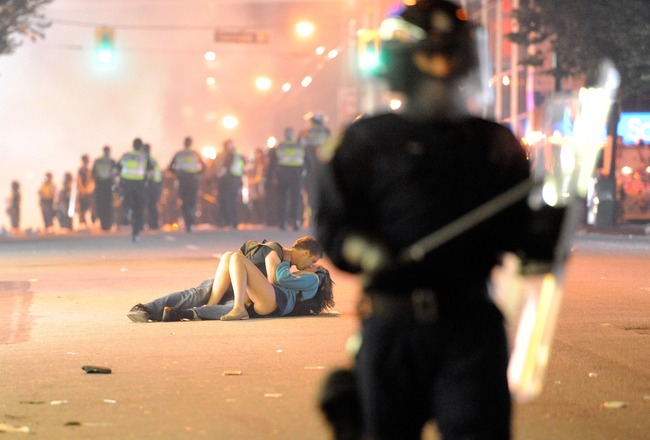
Unpacking boxes of books after moving I am finding - or at least rediscovering - quite a few books I hadn't looked at for a long time (some had been pushed into to top shelves of the bookcase in the basement. Others hadn't actually been unpacked since the last time I moved...).
One of these is an enchanting little jewel of a book - Andre Kertesz, "The Early Years".

It is actually a fairly small book about 5" x 5" - roughly the size of the original Phaidon 55 series, although it is hardcover. Published by W.W. Norton in association with a 2005 exhibit at the Bruce Silverstein Gallery

The pictures in the book are all small contact sized prints for a box full of negatives that Kertesz had from his early days in Hungary when he was experimenting as a photographer. In fact most of the photographs in the book are smaller than they appear on screen here, yet with the crispness and depth of a contact print. A number of these early photographs are some of his most well know pictures. Others are less well known.

The Early Years is a wonderful book to have on hand for just sitting and browsing through for a few minutes every now and then. The photographic equivalent of a zen moment, mediating with your morning coffee/tea.

"When Hungarian photographer André Kertész did not have access to an enlarger early in his career, he made contact prints instead. And he became quite adept with this size, creating miniature images with incredible depth and sophistication. A real feeling of youth and artistic exploration dominates these pictures, which span from 1912 to 1925. From the very joyous experiments with his brother, Jeno, in the countryside, to his idyllic romance with Elizabeth, from his portraits of WWI soldiers, to his later hospital stay as he convalesced from a wound, we witness Kertész explore different photographic
interests and subjects. In order to compose for such a small format, Kertész needed to ground his images in strong lines and geometry, forging the hallmarks of his later modernist vision. Thus, the Hungarian Contacts, as they are called, chronicle not only Kertész’s coming of age as a man, but also his development as an artist. Before emigrating to the U.S. in 1936,
Kertész left the contact prints with an agent in Paris, who was later forced to flee the city under Nazi occupation. She buried the cache of tiny works in a makeshift bomb shelter on a farm in southern France. Kertész lost contact with her, and decades passed before the agent re-discovered Kertész because of his Bibliothéque Nationale exhibition in Paris in 1963. Thankfully, she led him to the site where he recovered the still-buried treasure. Though some of the Hungarian Contacts were part of the National Gallery of Art’s 2004 retrospective and though Kertész enlarged some of the images in his later years, a broad selection of them are presented together here as art objects in their own right and in the size that Kertész originally
intended for them. The book commemorates an important show of the work at Silverstein Photography in New York City and includes an engaging personal essay by Robert Gurbo, the curator of the estate. This new volume presents the Hungarian Contact Prints—many unpublished before now—in a wonderfully small format that enchants and refreshes.". Denise Wolff

I've always felt that Kertesz is one of the more important photographers of the Twentieth Century, especially (though not only) in the whole area of what might be called "Street" or "Candid" photography. Kertesz's photographs are in many ways a much needed antidote to the so called (and incorrectly named) decisive moment. More broadly, his place in the development of modern photography is frequently underrated. In most cases I'll take Kertesz over, say, Cartier-Bresson any day.


























